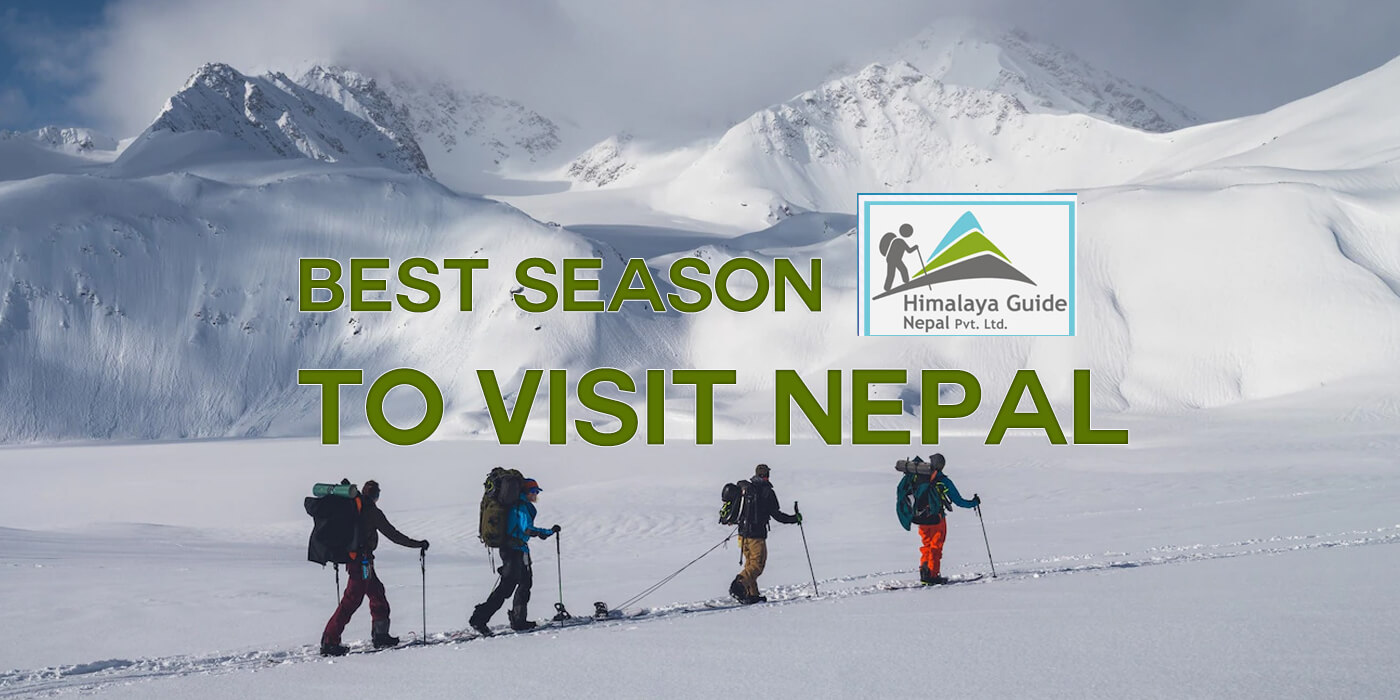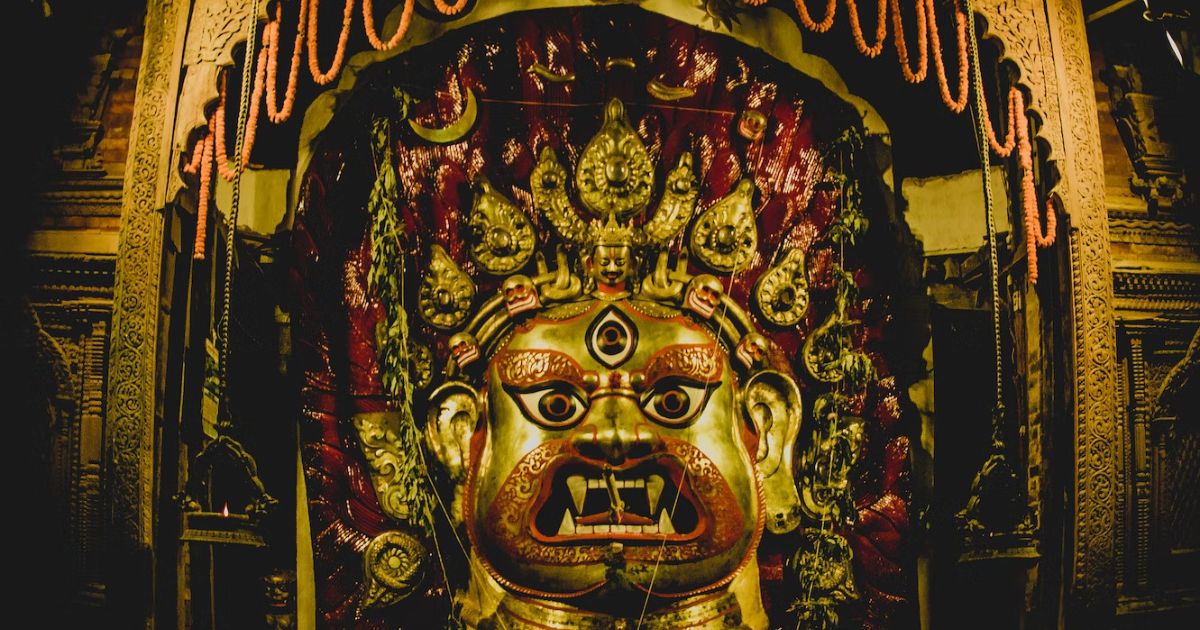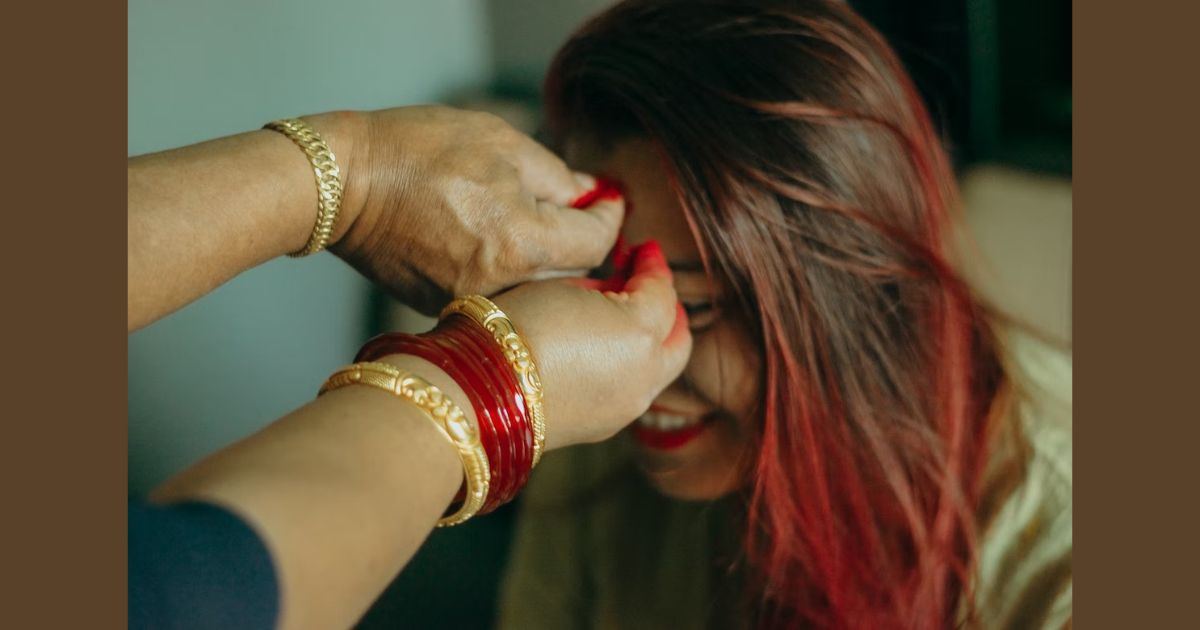Which is the Best Season to Visit Nepal?

25 Aug 2022 Chandra Gurung
Which is the best season to visit Nepal? Are you looking for a fun time with rich new cultural experiences in the valley? Or are you rather interested in trekking amidst Nepal’s many natural ecosystems or mountains?
Nepal throws up stunning scenery for such a relatively small country, ranging from towering peaks to rolling lowlands and muggy jungles to high-altitude deserts. The Nepali calendar is jam-packed with festivals, celebrations, and special events because of the vast spectrum of people and cultures who call this diversified landscape home.
It pays to get the time right, whether your goal is to hike across the Himalayas, spot rhinos on a forest safari, or visit the centuries-old temples of the Kathmandu Valley. The best times to go hiking and engage in other adventurous activities are spring or fall when the country sees the most visitors.
In the winter, when the routes are ice and the hills are covered in snow, and during the summer monsoon, when travel can be difficult due to the rainy conditions and views disappear behind dense rainclouds, fewer people visit this area.
Either way, I advise you to try and visit the valley of temples pre-Autumn through early Winter, i.e., September to December, since it is considered the best season to visit Nepal. The fall season represents a cool and pleasant climate in the valley, and this atmosphere is ideal for trekkers/mountaineers alike.
How Many Days Are Enough For Visiting Nepal?
If you want to trek the Nepalese Himalayas, you should take at least ten days. It can take 16 to 19 days to trek to Annapurna base camp and Everest base camp in Nepal. It takes between 13 and 18 days to complete the Manaslu Circuit trek in Nepal.
You might easily spend several weeks exploring the magnificent Himalayan nation, given the variety of its cultures, landscapes, and ecosystems. However, you can take in some of Nepal’s highlights in as little as three days. Usually, it takes two weeks to do one of Nepal’s well-known treks.
Visit Nepal To Experience Nepalese Culture
You are all aware that these are some of the best sites to visit in Nepal, from the Himalayas’ natural splendor to the national parks’ rainforests in Chitwan and Bardia.
Visitors can get a taste of Nepalese culture by witnessing a flurry of local festivals. Now you may think, why bother? Right? The main reason is that these festivals are essential in understanding the roots of Nepalese culture.
Apart from this, white water rafting (on account of the risen volume and flow of post-monsoon rivers) and paragliding are two major activities that are pretty common during this part of the year.
Compared to the unbearable harsh summer heat, Chitwan National Park has a milder climate during this time of the year. This condition facilitates a comfortable safari ride to enjoy the region’s diverse wildlife—a trip worth considering for all animal lovers.
For a comprehensive cultural exploration, a verified wise soul recommends that you attend the following festivals that occur in this season:
Indra Jatra
In Kathmandu, the first festival to look forward to in early September is called ‘Indra Jatra.’ The festival is an elaborate and theatrical display of cohesiveness by the local community, asserting their faith in the folklore and mythology of the Newari community.
Also known as ‘Yenyā,’ the most prominent street festival, especially at Kathmandu Durbar Square. Here you will see the ostentatious displays of the masked deities and demons partaking in extravagant reenactments of ancient folklore.

The spectacle may seem overwhelming and bewildering initially, but this local event holds tremendous cultural significance to the Nepalese community.
People commemorate their deceased family members of the preceding year during this festival. Their relatives visit shrines and light incense, offering prayers to the bereaved. Subsequently, the ceremony follows a chariot procession of the ‘Kumari’ or the living goddess, portrayed by a young female child in full regalia.
Similarly, two other chariots representing the deities Ganesh and Bhairava, accompanied by a musical band, flock to the streets today.
The magnitude of people occupying the streets on this day is simply incomprehensible and may seem a little bit chaotic to any outsider.
Vijaya Dasami
Around Mid-October, a festival known as Dashain, Vijaya Dashami (Mohani for the Newari community), is widely celebrated across Nepal. It is an epochal festival lauded by the Hindu community in the Indian subcontinent too.
Everyone embraces new clothing regardless of social or economic status, and the folks are bestowed with tika (rice grains with curd and vermillion).

Younger people in the family are presented with blessings and a token amount of money. This is a festival that Nepalese people look forward to all year round.
The main motive of this festival is to worship the goddess Durga, i.e., the incarnation of Parvati (Lord Shiva’s wife). She represents the culmination of motherhood, protection, strength, and lastly, destruction.

Family gatherings mark the celebration of this auspicious date, and many social ties are created and fostered during this festival.
Another exciting event to anticipate would be an army parade at Tundikhel (near Ratnapark), where there is a celebratory firing to celebrate the victory of good over evil.
A varied incarnation of the Goddess Durga, Mahakali (Bhadrakali)- the embodiment of power, time, and change – is worshiped by the sacrifice of cattle, more specifically, blood offerings. Vehicles and automobiles are also washed and maintained for worship on a specific date.
Consequently, Dashain is a cluster of festivals to celebrate familial and social harmony by acknowledging the traditional folklore of the Hindu religion.
Mani Rimdu
This is the most significant festival of the Sherpa community, and celebrations are held on the second week of November (the 15th day of Dashain).
The festival honors the founding of the Buddhist religion by Guru Rinpoche Padmasambhava.
A major ceremony is held mainly in the Tengboche Monastery, the largest gompa in the Khumbu region. Splendid views of the Himalayan Mountains are observable over the surrounding hills since it is within the Sagarmatha National Park.
Various shamanic rituals are observed during this significant festival, and it is even believed that some monks spontaneously attain enlightenment while participating in ceremonial dances.
Ngawang Tenzin Norbu, who had previously studied at Mindroling Monastery in Central Tibet, was the driving force behind the founding of Mani Rimdu at Rongpuk Monastery in Tibet in the early 1900s.
Most of the ceremonies that make up Mani Rimdu have origins at Mindroling Monastery, the illustrious Nyingma monastery in Central Tibet, just like a large portion of Rongpuk Monastery practice.
The Mani Rimdu celebration is timed according to the Tibetan Lunar calendar. In Tengboche, the Mani Rimdu is conducted in the ninth Tibetan month, which often falls in October or November and is full moon time. The 8th, 9th, and 10th of November 2022 will see the Mani Rimdu Festival.
Tihar/Diwali
In the case of curiosity left unkindled, or being the victim of a tight schedule, and hence being able to only manage a short visit to Nepal, you do not want to miss this festival.
Mark my words, this truly authentic festival gives you a once-in-a-lifetime experience. Tihar is one time of the year that has a gargantuan aesthetic appeal to any observer.
This exquisite festival of lights glorifies the god of death – ‘Yama,’ and is marked by a new moon in the sky, which presents an excellent atmosphere for this vivid festival.
Animal worship within the first few days of this festival is quite common, and streets, homes, and temples are extravagantly lit up.

The valley of Kathmandu is a sight to behold during this time of the year. Goddess Lakshmi (of wealth) is presented with enthusiastic offerings of prayers because popular belief holds that she wanders along this realm at this time of the year.
Like trick-or-treating or Christmas carols, the youngsters visit neighborhood houses singing folk songs and performing dances. This event is called deusi (for menfolk) and bhailo (for women) in Tihar.
Doesn’t sound too appealing? Have something else planned for this season?
That’s alright too. Because Spring is still a compromise (for all those nature lovers out there), it is prudent to opt for high-altitude trips during March and April as it is much more bearable and less hassle-free.
If the festival of lights doesn’t sound too fascinating, then I’m pretty sure the festival of colors in March will.
Stay a bit longer, and you can attend the Nepalese New Year in April. With a plethora of blooming rhododendrons across many of the hiking trails in Spring, a rich experience awaits those willing to grasp this opportunity.
For those who can handle a little bit of heat, this season can also prove to be fortuitously convivial.
Conclusion
On an end note, the best season to visit Nepal is a subjective matter (yeah. Just like everything else). However, this article is based on popular opinion vis-a-vis my ones too. I would recommend the same for any friend visiting Nepal, but with a forewarning to book their flight/bus tickets in advance.
